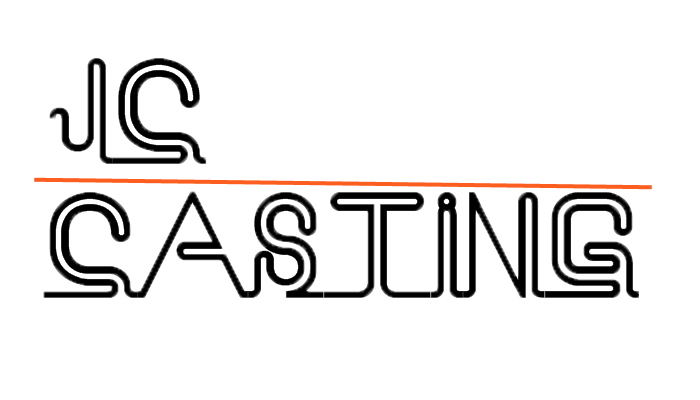Casting and forging are popular metal forming processes used to manufacture parts and assemblies for a variety of industries. However, these processes are very different from each other and produce products with different properties. As a leading outsourcing agency for metal forming and fabrication, we're here to clarify the difference between casting and forging and help you decide which is better for your project requirements. Let's first break down the definition of each.
What is forging?
Forging uses a die, pressure and temperature to form a solid round metal bar into shape. Forging can be divided into three ways: 1) temperature (hot, warm or cold forging), 2) type of process (open or closed die forging), or 3) material used (steel forging, aluminum forging, yellow copper forging, or bronze forging).
What is casting?
Casting is the process of pouring molten metal into a hollow cavity mold, which is then cooled to form a solidified part. Casting types vary by molding material, casting process and filling pressure. Die casting, investment casting, permanent mould casting and sand casting are the main metal casting methods.
Forging and Casting
In summary, castings are melted, poured and solidified, while forgings are physically forced into shape while remaining solid. As a result, the two processes form final products with very different characteristics. Narrowing down the priorities is important when deciding which process is best for your project. Is it a complex shape? Is it big in size? Does it need high strength? See the table below for the most common considerations to keep in mind when choosing between casting and forging.
